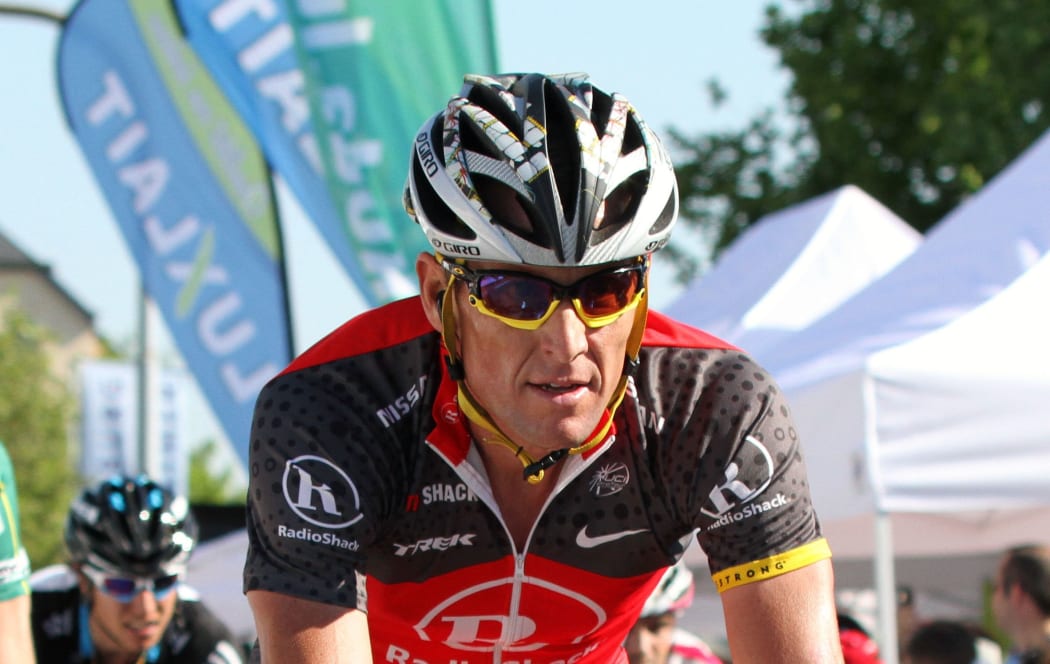Cycling continues to struggle with widespread doping, according to a landmark report into the sport's troubled recent history.

American cyclist Lance Armstrong in 2010 Photo: PHOTOSPORT
Set up last January to investigate how cycling so badly lost its way during the 1990s and 2000s, the Cycling Independent Reform Commission (Circ) has heavily criticised the sport's leadership throughout that era.
Its 227-page report, published on Monday, clears the International Cycling Union's (UCI) bosses of outright corruption but censures them for a litany of failings.
Foremost among these are that the UCI did not really want to catch cheats and therefore turned a blind eye to anything but the worst excesses.
The report's authors also accuse former UCI presidents Hein Verbruggen and Pat McQuaid of failing to follow their own anti-doping rules and showing preferential treatment to disgraced former champion Lance Armstrong.
That may feel like ancient history to many cycling fans but they will be alarmed to learn what the 174 anti-doping experts, officials, riders and other interested parties who gave interviews to Circ have to say about the sport today.
The results
With doping done now on a more conservative basis, other forms of cheating are on the rise, particularly related to bikes and equipment.
Doping in amateur cycling is endemic
The €3 million ($NZ4.43 million) report was compiled by chairman Dr Dick Marty, a former Swiss prosecutor, and two vice-chairs, German anti-doping expert Professor Ulrich Haas and Peter Nicholson, an Australian who has investigated international terrorism and war crimes.
Current UCI president Brian Cookson, who swept into office in 2013 promising a fresh start for an organisation that had been badly damaged by its close links to Armstrong, thanked the panel for its work and did not try to sugar-coat its findings.
"It is clear that in the past the UCI suffered severely from a lack of good governance with individuals taking crucial decisions alone," Mr Cookson said.
"Many [of these decisions] undermined anti-doping efforts; put the UCI in an extraordinary position of proximity to certain riders; and wasted a lot of its time and resources in open conflict with organisations such as the World Anti-Doping Agency (Wada) and US Anti-Doping Agency (Usada)."
Mr Cookson added that his predecessors and their close associates regularly interfered in anti-doping cases which "served to erode confidence in the UCI and the sport".
Some improvements made
While many senior figures within the sport will be feeling very bruised by the report's assessment of what happened during the EPO era, Circ did acknowledge the huge improvements made in the anti-doping effort, particularly after 2006.
It noted a far more aggressive approach to catching cheats, greater investment in anti-doping and the early adoption of the biological passport, the most effective tool in the fight against cheats since the EPO test was introduced in 2000.
But the interviewees also made it clear that doping had not been eradicated.
The report listed dozens of substances and cutting-edge doping methods that riders are still believed to use. It also noted that teams do not know where their riders are training at all times, or with whom they are training.
The ready availability and falling costs of doping products is also flagged up as a huge concern, as is the continuing involvement of a number of unethical doctors.
The report concludes with a raft of recommendations to help prevent cycling from ever returning to the dark days of a decade ago, with ideas such as centralised pharmacies at races, a powerful rider's union, a greater push to encourage whistleblowing and more testing done overnight to catch micro-dosers.
- BBC

